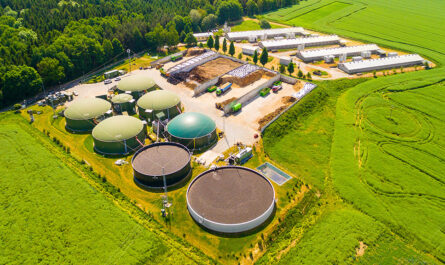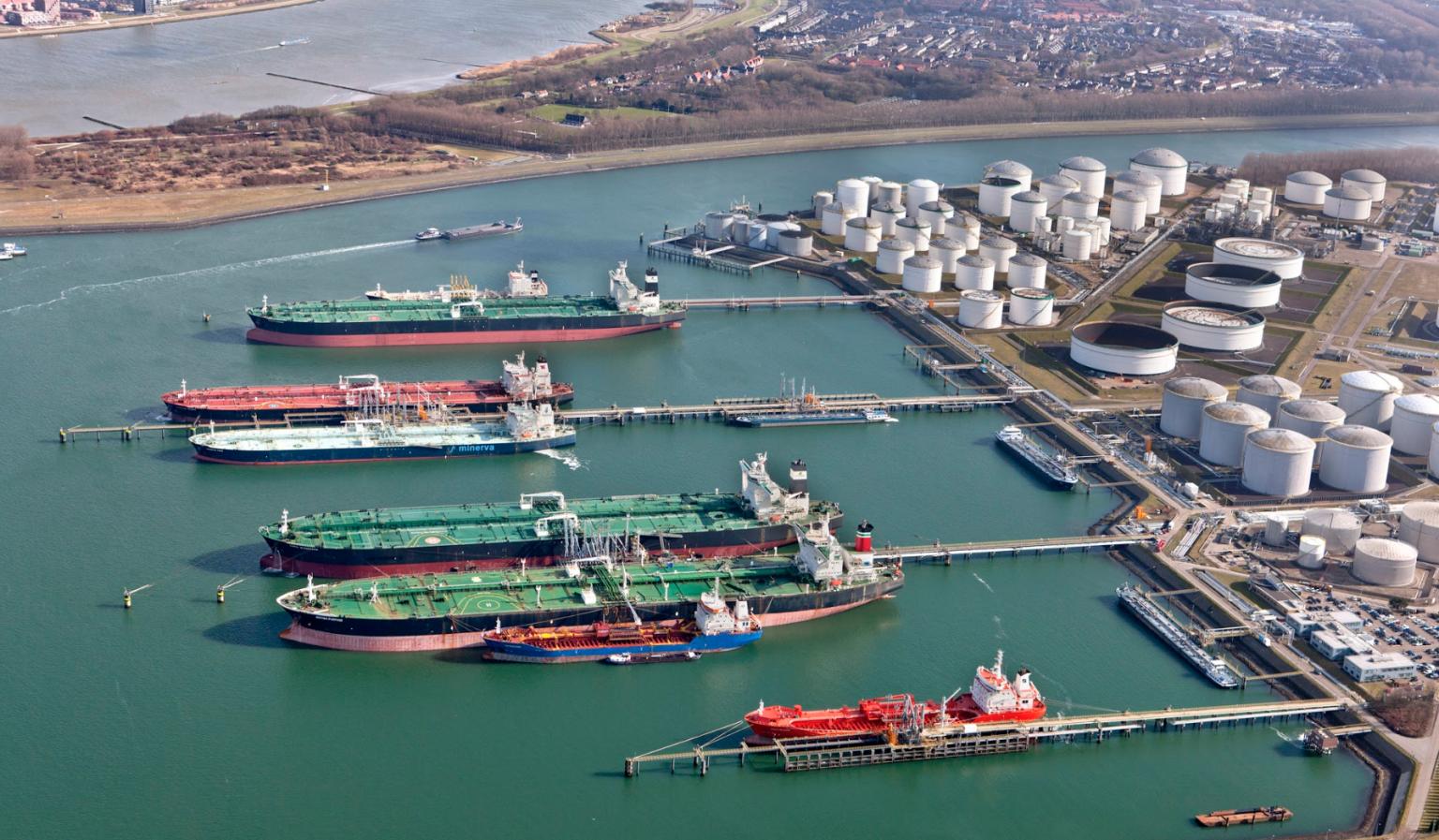Scrubber systems, also known as air pollution control devices, are installations designed to remove toxic pollutants from industrial exhaust gases before they are released into the atmosphere. Some common applications of scrubber systems include their use in power plants, oil refineries, cement plants, and other heavy industries where harmful emissions are generated during manufacturing processes.
Working of a Basic Scrubber System
A typical scrubber system works on the principle of absorption. It consists of a chamber through which flue gases from industrial operations pass. Water or a suitable alkaline or acidic liquid is continuously sprayed or bubbled through the chamber as the gases flow through. The pollutants like particulate matter, sulfur dioxide, hydrogen chloride etc. present in the flue gases react with or get absorbed in the scrubbing liquid. The cleaned gases exit from the upper end of the chamber while the contaminated liquid containing the absorbed pollutants is collected at the bottom.
Main Components of a Scrubber System
All Scrubber System have basic components like an inlet duct for flue gas entry, a reaction chamber, spray nozzles or bubblers to introduce the scrubbing liquid, mist eliminators or separators to remove entrained liquid droplets from the treated gas and an outlet stack or duct for discharge of cleaned gases. Some advanced systems also include components like recirculation pumps, heat exchangers etc. for efficient operation. The material of construction varies depending on the type of pollutants and corrosive nature of flue gases and scrubbing liquid.
Different Types of Scrubbers
Various scrubber designs are available depending on the parameters like pollutant removal efficiency required, type of pollutant gases, space availability etc. Some common scrubber types are:
Packed Bed Scrubbers: Consist of a chamber packed with stones, glass rings or other rigid materials to increase surface area for gas-liquid contact. Suitable for removal of acidic gases like sulfur dioxide.
Venturi Scrubbers: Use the kinetic energy of flue gases to cause intimate mixing. Suitable for removal of both particulates and gases.
Cyclonic Scrubbers: Employ centrifugal force to spin polluted gases and enhance droplet capture. Used where low pressure drop is critical.
Wet Scrubbers: Introduce scrubbing liquid counter-currently to achieve high removal efficiencies. Used where very stringent emission standards are required to be met.
Dry Scrubbers: Do not use a liquid but relies on dry sorbent injection like lime powder to remove sulfur dioxide. Produces less sludge but with higher operation cost.
Selection of a Suitable Scrubber Type
Some factors considered while selecting the appropriate scrubber type for a given application include:
– Nature of pollutants – Requirement of wet scrubbing or dry removal dictates the type of scrubber.
– Emission standards – Very stringent standards demand high removal efficiency scrubbers like wet types.
– Gas flow rate and pollutant concentration – Higher values favor types with lesser pressure drops like venturi or cyclonic.
– Space availability – Packed bed or venture types need lesser footprint compared to big wet scrubbers.
Operation and Maintenance of Scrubbers
Effective operation and periodic maintenance are crucial for optimum performance of scrubber systems over their lifespan. Some important areas that need attention include:
– Monitoring pollutant inlet and outlet concentrations to ensure compliance.
– Control of scrubbing liquid flow, spray pressure and density inside the reaction chamber.
– Care of internals like packing materials and mist eliminator surfaces prone to fouling.
– Management and safe disposal of contaminated wastewater or sludge generated.
– Chemical treatment or replacement of scrubbing liquid as per its pH and pollutant absorption capacity.
– Preventive maintenance of pumps, valves and instrumentation involved.
Scrubber Systems: A Vital Component of Cleaner Production
Proper design, operation and upkeep of these systems help industries reduce air pollution loads and comply with environmental norms. They enable utilization of available pollution control technologies to move towards more sustainable industrialization. Continuous efforts are also on globally to develop advanced yet cost-effective scrubber solutions adaptable to diverse industrial needs and emission scenarios
*Note:
1. Source: Coherent Market Insights, Public sources, Desk research
2. We have leveraged AI tools to mine information and compile it




